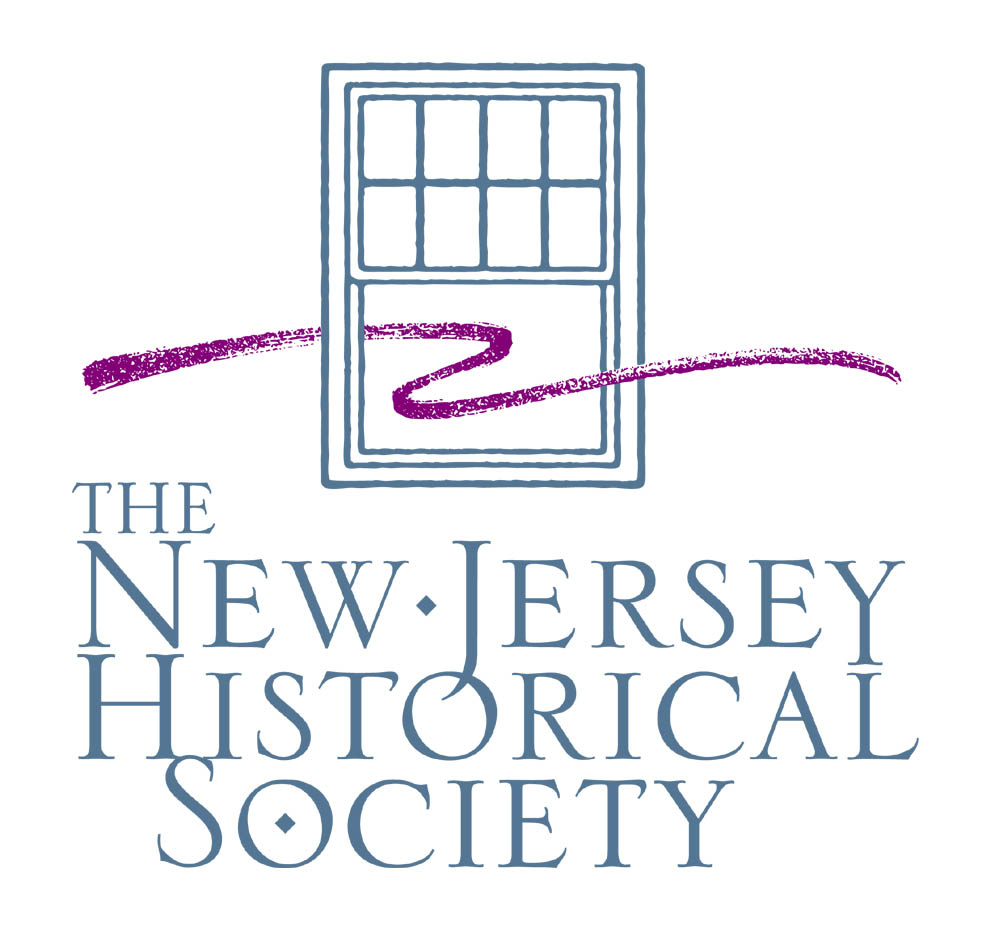Manuscript Group 222, Guide to the Francis Barber (1750-1783), Revolutionary War Officer Orderly Book 1779
TABLE OF CONTENTSDescriptive Summary Container List |
 Orderly Book 1779 MG 222 52 Park Place Newark, New Jersey 07102 Contact: NJHS Library Phone: (973) 596-8500 x249 Email: library@jerseyhistory.org URL: https://www.jerseyhistory.org ©2006 All rights reserved. The New Jersey Historical Society, Publisher Inventory prepared by Luis Delfino, June 2001, as part of the “Farm to City” project funded by a grant from the National Historical Publications and Records Commission. Finding aid encoded by Julia Telonidis. March 2006. Production of the EAD 2002 version of this finding aid was made possible by a grant from the Andrew W. Mellon Foundation. Finding aid written in English. Biographical NoteFrancis Barber of the 3rd New Jersey Continental Regiment (part of the Jersey Brigade) was an adjutant general on General John Sullivan’s staff during the Iroquois Campaign (May-September 1799). By the time of the Yorktown Campaign in 1781, Barber had been promoted to lieutenant colonel and commanded the Jersey Light Infantry. George Clinton Barber (1778-1828) was Francis Barber’s only son. Background Historical Note: The Iroquois Confederation was a Native American political and military alliance that stretched from the Chesapeake Bay to Ontario and included the Seneca, Cayuga, Mohawk, Onondaga, Oneida, and Tuscarora tribes. Prior to the Revolutionary War, the confederation disputed land claims of settlers in the Wyoming Valley of Pennsylvania. The Revolution brought a temporary end to this dispute, but eventually the tribes in the confederation, with the exception of the Oneida and Tuscarora, openly sided with the British to protect their lands. These tribes joined with a small number of Loyalists forces led by Colonel John Butler (1728-1796) to attack colonist settlements. The bloodiest of these attacks occurred in 1778 in Wyoming Valley, Pennsylvania and Cherry Valley, New York. Problems with supplies and transportation delayed Sullivan’s expedition in Easton, Pennsylvania until June 16, at which time Sullivan’s troops destroyed the Iroquois’ crops and supplies during harvest time. This destruction deprived the British of a significant source of supplies and forced the Iroquois and loyalist settlers to depend on the British during the subsequent winter. This added burden strengthened the revolutionary cause during a critical phase of the war. In early May 1779, General George Washington sent a force of 4500 troops led by General John Sullivan (1740-1795) up the Susquehanna River Valley to break the Iroquois Confederation and its alliance with the British. This force consisted of Enoch Poor’s Brigade of three New Hampshire and one Massachusetts’s regiments; General William Maxwell’s New Jersey Brigade consisting of Colonel Israel Shreve’s 2nd New Jersey Regiment, and Colonel Elias Dayton’s 3rd New Jersey Regiment; Colonel David Forman’s Regiment of New Jersey and Maryland; Edward Hand’s Brigade of Pennsylvania troops; James Clinton’s Brigade of four New York regiments; a company of Virginia riflemen; and two independent artillery units. Return to the Table of Contents Scope and Content NoteThis collection consists of an orderly book kept by Lieutenant Colonel Francis Barber (1750-1783) on the Iroquois Campaign from May 26 to September 6, 1779, and of an unrelated military document dated December 17, 1825 and signed by George Clinton Barber, Barber’s son. This orderly book covers the period from the formation of Sullivan forces in Easton, Pennsylvania to their arrival at Seneca Lake in central New York. A n orderly book is usually kept by the orderly sergeant or aide de camp to enter general and regimental orders. There is usually one for each company. Typical orders recorded regard troop movements and formations, rations of food and whiskey, distribution of horses and boats, and court marshal proceedings. Accompanying this volume are notes debating the origin and authorship of the volume, dated from 1871 and signed by William S. Stryker and William Nelson. A transcript of this volume was printed in Proceedings of The New Jersey Historical Society, Vol.65, (1947), No. 2, pg. 61-82; No. 3, pg. 143-152; No. 4, pg. 209-219; Vol. 66 (1948), No. 1, pg. 48-57; No. 2, pg. 122-125; No. 3, pg. 197-202; No. 4, pg 194-203; Vol. 67 (1949), No. 2, pg. 158-165. The 1825 document appears to be a list of 23 members of a military outfit that are delinquent in paying fines. It is signed by George Clinton Barber, “Paymaster of the 2nd Battalion, 4th Regiment.” Return to the Table of Contents RestrictionsAccess RestrictionsThere are no access restrictions on this collection. Photocopying of materials is limited and no materials may be photocopied without permission from library staff. Use RestrictionsResearchers wishing to publish, reproduce, or reprint materials from this collection must obtain permission. The New Jersey Historical Society complies with the copyright law of the United States (Title 17, United States Code), which governs the making of photocopies or other reproductions and protects unpublished materials as well as published materials. Return to the Table of Contents Return to the Table of Contents Related MaterialManuscript Group 91, First Continental Artillery Regiment Orderly Book Manuscript Group 94, Elias Dayton (1737-1807), Revolutionary War Officer Papers 1759-1783 Manuscript Group 223, Continental Artillery Brigade Orderly book Manuscript Group 225, Continental Army Artillery Regiment Orderly book Manuscript Group 226, First New Jersey Continental Regiment Orderly book Manuscript Group 229, New Jersey State Troops Military record book Manuscript Group 230, Nathaniel Heard’s Brigade, New Jersey Militia Record book Manuscript Group 233, Jabez Campfield (1737-1821), Military surgeon, Journal and Orderly book Manuscript Group 257, Second Dragoon Regiment, Continental Army Orderly book Return to the Table of Contents Administrative InformationPreferred CitationThis collection should be cited as: Manuscript Group 222, Francis Barber (1750-1783), Revolutionary War Officer Orderly Book, The New Jersey Historical Society. Acquisition InformationGift of Augustus Coddington, ca. 1871. Return to the Table of Contents BibliographyAdamiak, Stanley J. The 1779 Sullivan Campaign. available at: http://www.earlyamerica.com/review/1998/sullivan.html Boatner III, Mark Mayo. Encyclopedia of the American Revolution.David McKay, New York, 1966) Return to the Table of Contents Container List
|
||||||||||||||||||||||||

